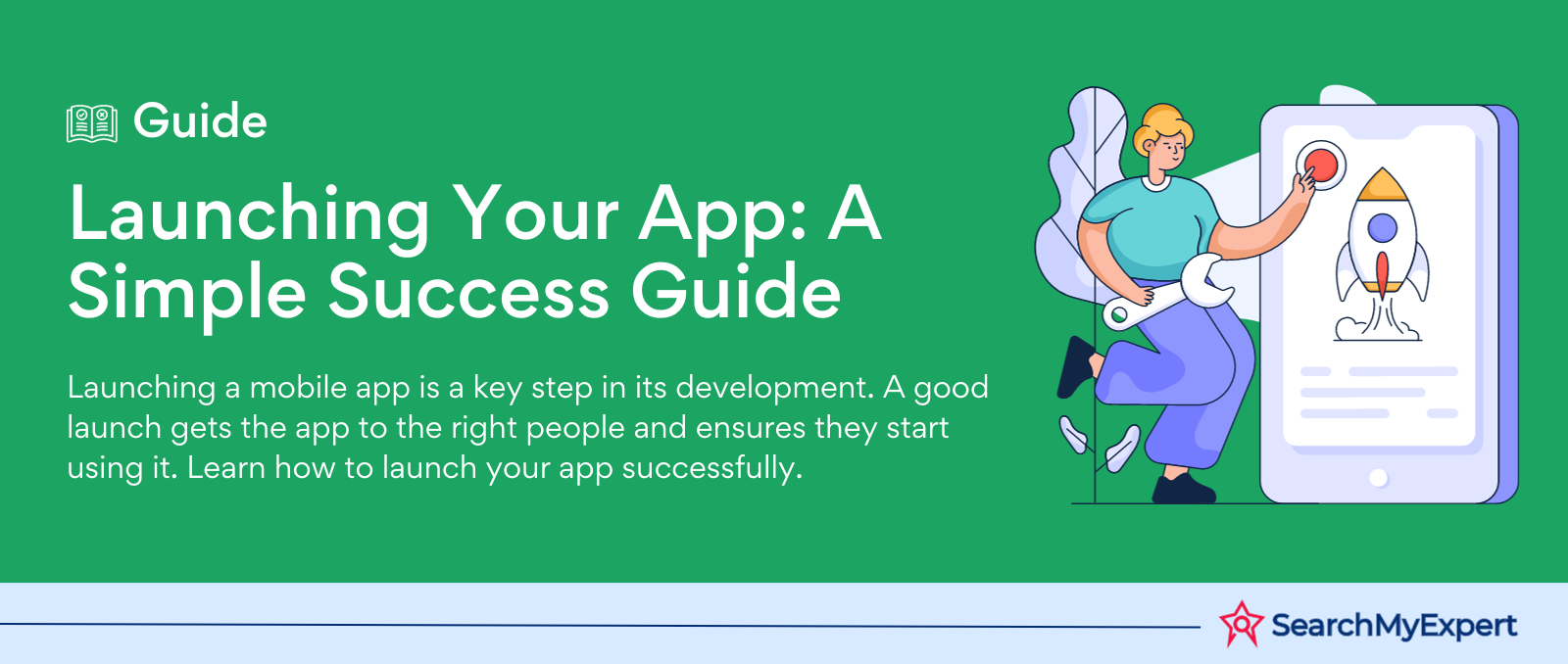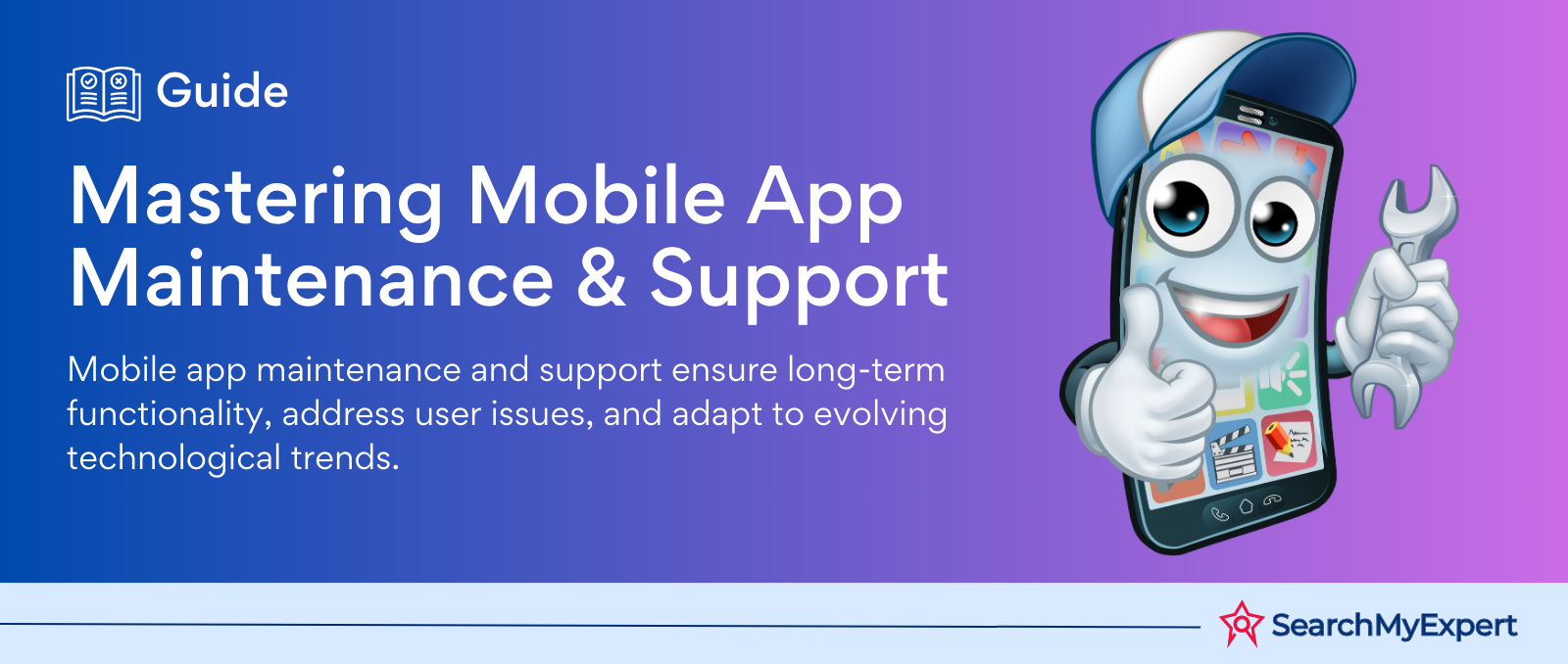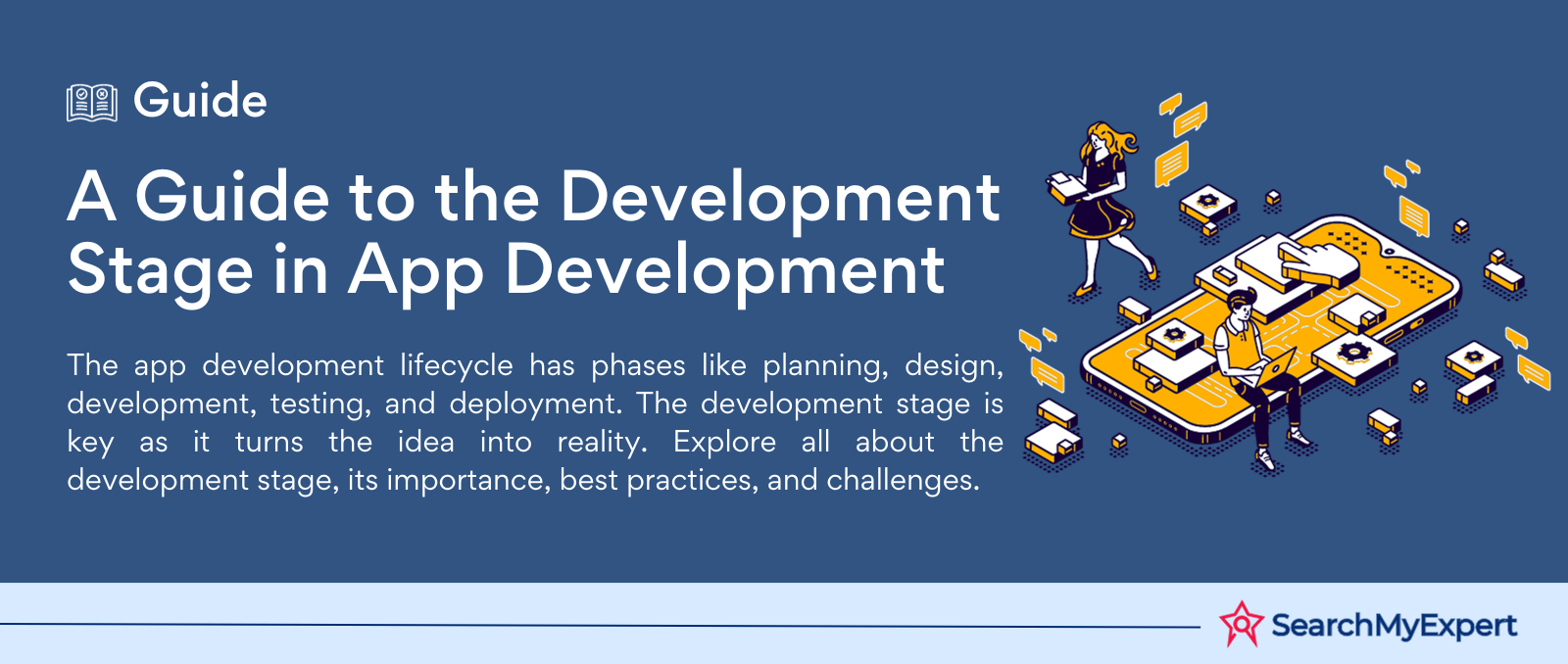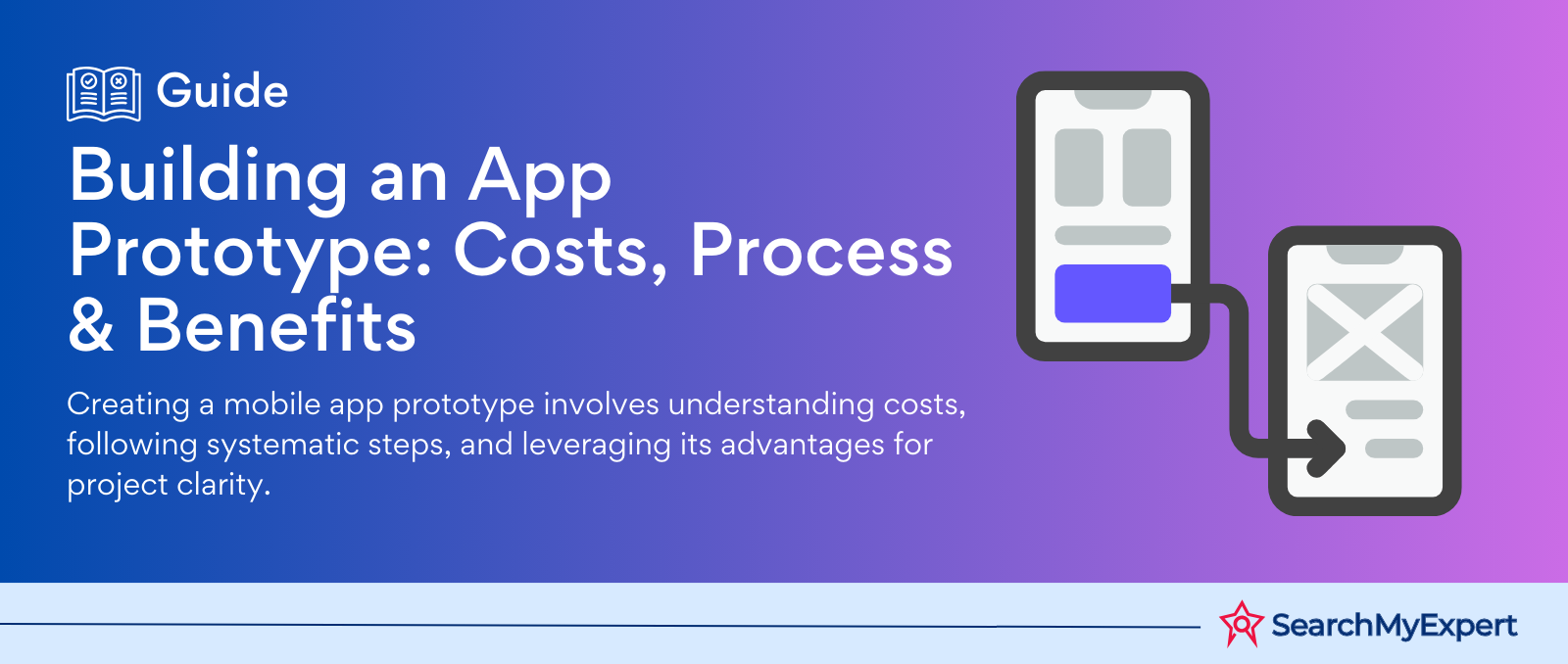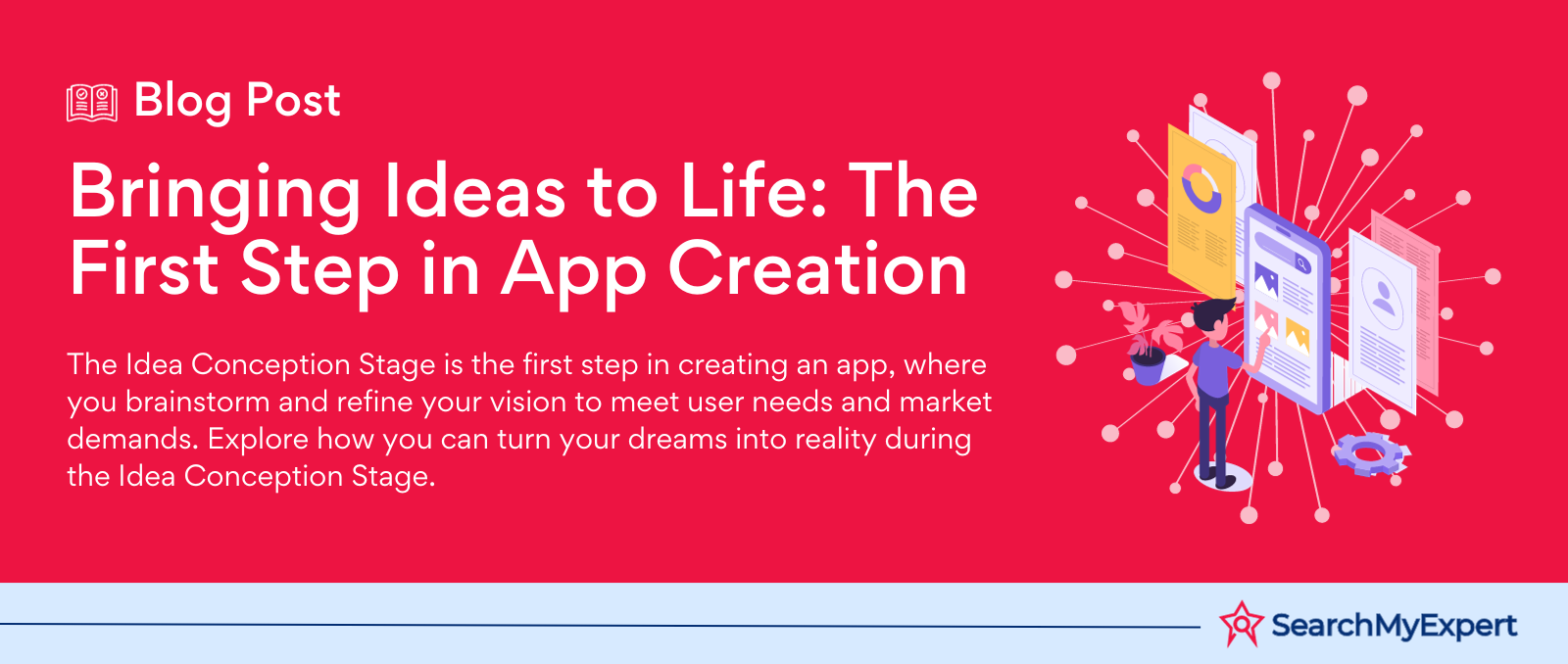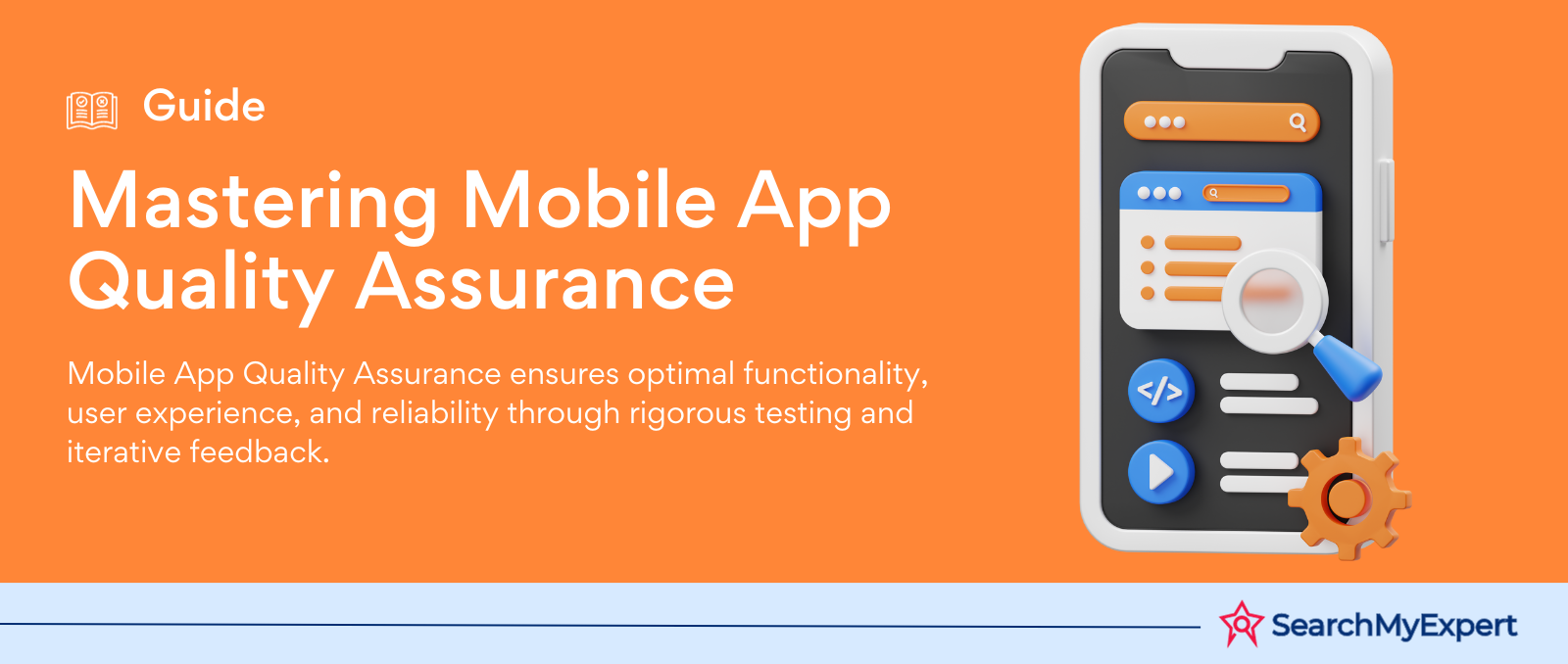Waterfall Methodology: An In-depth Exploration

Waterfall methodology is a prominent project management technique that has been widely adopted in various industries due to its structured and sequential approach. This article delves deep into the Waterfall methodology, offering insights into its stages, advantages, challenges, and best use cases.
Understanding the Waterfall Methodology
At its core, the Waterfall methodology is a sequential approach to project management. It ensures that one phase of the project is comprehensively completed before the next one begins. It's akin to cascading steps, where each step relies on the completion of the one before it.
Key Features of the Waterfall Methodology:
- Sequential Development: Projects flow logically from one phase to the next, like a cascading waterfall.
- Emphasis on Documentation: Every phase requires detailed documentation, ensuring clarity and understanding across all project stages.
- Rigorous Planning: The success of the Waterfall method hinges on meticulous planning and clear documentation from the outset.
Comprehensive Phases of the Waterfall Methodology
- Requirements: This foundational phase involves gathering all project requirements. It is crucial to have a detailed understanding of client needs, project scope, potential risks, dependencies, success metrics, and timelines.
- Design: This stage involves designing a technical solution based on the requirements. It begins with a high-level design that outlines the project's purpose, scope, and integration points. This is then refined into a detailed design using specific technologies.
- Implementation: This phase sees the transformation of designs into working models. Programmers code applications based on the detailed documentation, ensuring that the project aligns with the initial specifications.
- Verification: Before deployment, extensive testing is carried out to ascertain that the product aligns with the requirements and offers an optimal user experience. This phase is crucial for identifying any errors or discrepancies.
- Deployment and Maintenance: Once verified, the product is launched to the end-users. After deployment, the focus shifts to maintenance, addressing defects, and managing updates.
Advantages of the Waterfall Methodology
- Predictability: The structured nature of the methodology allows for clear timelines and cost estimates.
- Clarity: Detailed documentation ensures that team members, even those joining mid-project, have a clear understanding of the project.
- Efficiency: Potential design errors are identified early on, reducing the risk of substantial changes later.
Limitations of the Waterfall Methodology
- Flexibility Concerns: Changes late in the project can be challenging, making the methodology less adaptable than some alternatives.
- Extended Timelines: Given its sequential nature, projects may experience longer delivery times compared to iterative methodologies.
- Client Involvement: Clients are typically less involved after the initial stages, which can lead to potential misalignments in expectations.
Ideal Scenarios for Implementing Waterfall Methodology
The Waterfall methodology thrives in environments where:
- Project requirements are clear and unlikely to change.
- The project has a defined path from inception to completion.
- Stakeholders prefer a predictable and structured approach.
Waterfall vs. Agile: A Brief Comparison
While the Waterfall methodology is structured and sequential, the Agile approach is iterative and flexible. Agile promotes continuous feedback and adjustment, contrasting with Waterfall's step-by-step progression.
Chart Showing Phases in Waterfall Model

Diving Deeper into Waterfall's Practicality
The Waterfall methodology, with its history and established presence, continues to be a cornerstone in many industries, especially in projects where clarity, precision, and predictability are paramount. However, to maximize its benefits, it's vital to further understand its nuances and practical applications.
Tools Supporting the Waterfall Methodology
In today's digital age, numerous software solutions facilitate the Waterfall methodology's implementation. Such tools streamline the process, ensuring that each phase is meticulously tracked and documented.
Key Features of Waterfall Software:
- Process Structuring: These tools allow teams to define and organize tasks sequentially.
- Gantt Chart Integration: Visual representations, like Gantt charts, offer a clear picture of the project's timeline and milestones.
- Progress Monitoring: Real-time monitoring ensures that projects stay on track and any deviations are promptly addressed.
Addressing the Challenges
While the Waterfall methodology has its advantages, it's also essential to proactively address its inherent challenges.
- Feedback Loops: Incorporating regular checkpoints can help in garnering feedback, ensuring alignment with stakeholder expectations.
- Flexible Documentation: While detailed documentation is a hallmark of Waterfall, allowing for some flexibility can accommodate minor changes without disrupting the entire process.
- Stakeholder Education: Educating clients and stakeholders about the Waterfall process can set clear expectations and minimize late-stage change requests.
Case Studies: Successful Implementation of Waterfall
Across various sectors, from software development to construction and marketing, the Waterfall methodology has been successfully employed. A notable example is in infrastructure projects where requirements are fixed, and deviation can lead to significant challenges. By following the Waterfall approach, project managers can ensure that each phase, from planning to execution, is carried out without overlapping, reducing errors and inefficiencies.
Future of Waterfall in a Dynamic World
With the rise of methodologies like Agile and Scrum, one might wonder about the relevance of Waterfall in the future. While iterative processes offer flexibility, the Waterfall methodology's structured approach will always be relevant for projects that demand a high degree of precision and predictability. Its future lies in its ability to adapt and coexist with other methodologies, offering project managers a broader toolkit to tackle diverse challenges.
The Nuances of Waterfall in Modern Project Management
In the world of project management, there are many different methods people use. However, the Waterfall method, even though it's old-school, is still very popular. This shows that even as new methods come up, the classic ones like Waterfall still have a special place. It's important to understand why Waterfall is still chosen by many and what makes it stand out in certain situations.
Integrating Waterfall with Modern Tools
While Waterfall is inherently traditional, its integration with modern project management tools can amplify its efficiency. Digital platforms have evolved to accommodate the Waterfall model, ensuring smoother transitions between phases and enhanced documentation.
Advancements in Waterfall Tooling:
- Collaborative Platforms: Modern tools foster collaboration, ensuring that even in a sequential model like Waterfall, team members can share insights in real-time.
- Automated Reporting: Automation has facilitated the generation of timely reports, ensuring stakeholders are continually apprised of project progress.
- Risk Management Integrations: Advanced tools can predict potential risks, allowing project managers to make informed decisions.
Training and Development in Waterfall
For organizations committed to the Waterfall methodology, investing in regular training and development is paramount. As the business landscape evolves, project managers and teams must be equipped with the latest best practices in Waterfall project management.
Key Areas of Focus Include:
- Refinement of Documentation Skills: Although detailed records are essential in the Waterfall method, mastering the skill to produce clear and thorough documents is something that can be refined over time.
- Stakeholder Communication: Effective communication skills can bridge the gap between client expectations and project deliverables, reducing potential friction.
- Time Management: Given the sequential nature of Waterfall, efficient time management ensures that projects remain on schedule.
Waterfall's Synergy with Other Methodologies
While Waterfall is often contrasted with Agile, forward-thinking organizations recognize the potential in combining the strengths of both. Hybrid models, which merge the predictability of Waterfall with the adaptability of Agile, are gaining traction.
Benefits of a Hybrid Approach Include:
- Versatility: Projects can be tailored based on their nature. While foundational stages might follow Waterfall, iterative components can be managed using Agile.
- Improved Stakeholder Satisfaction: A hybrid approach can cater to stakeholders who appreciate the structure of Waterfall but desire the flexibility to accommodate changes.
- Optimized Resource Allocation: Resources can be allocated more efficiently, as the structured phases of Waterfall are complemented by Agile's adaptability.
Concluding Remarks
The Waterfall method is a tried-and-true approach in project management. It's like building something step-by-step, making sure each part is done correctly before moving on. This method values detailed planning and clear steps, which is why many project managers trust it for their projects. But like any tool or method, it works best when used correctly. It's important for managers to really get to know how the Waterfall method works, including its strong points and areas where it might be challenging. By fully understanding it, they can use the method to its fullest, helping ensure their projects turn out well across different types of work or industries.
Elevate Your Software Game! Dive into this list of premier
Software Development Companies.
share this page if you liked it 😊
Other Related Blogs
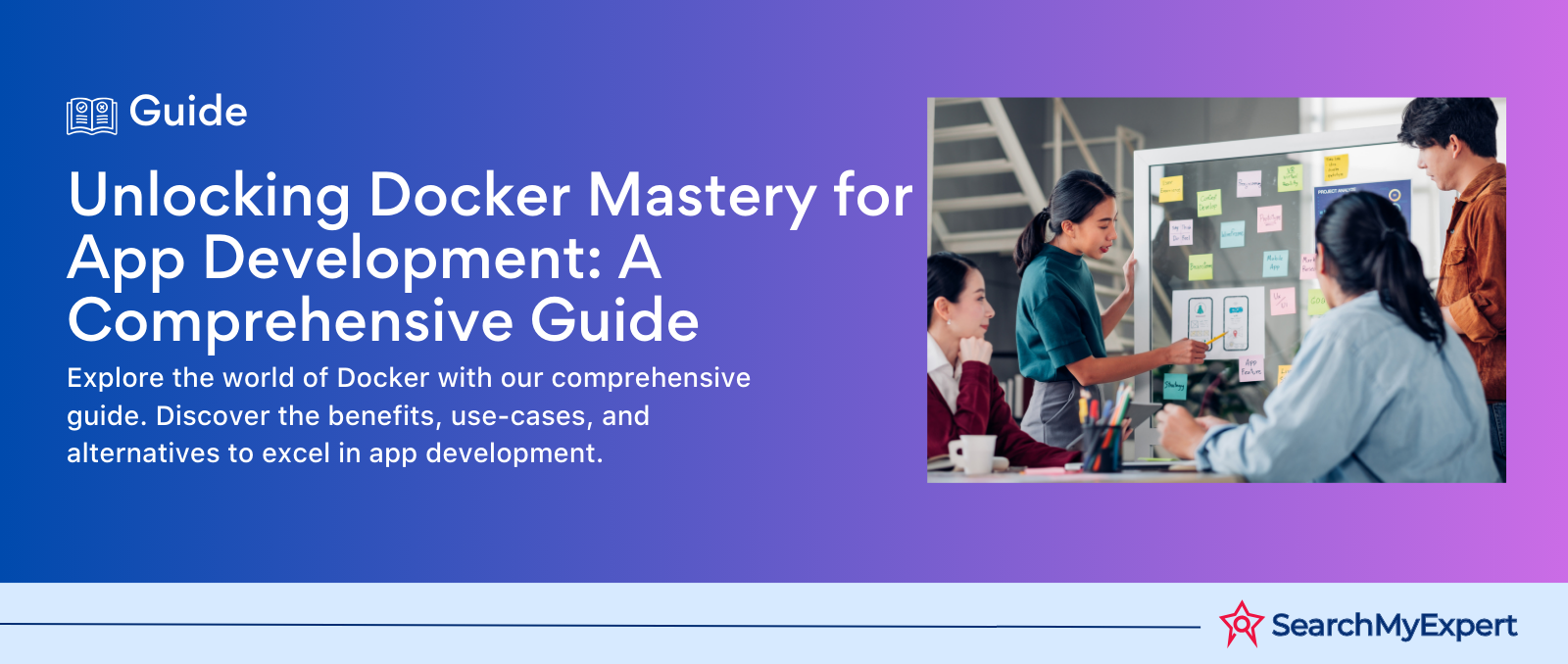
Mastering Docker for App Development: A Comprehensive Guide to Benefits, Use-Cases, and Alternatives
STAY UP TO DATE
GET PATH'S LATEST
Receive bi-weekly updates from the SME, and get a heads up on upcoming events.
Contact Us




